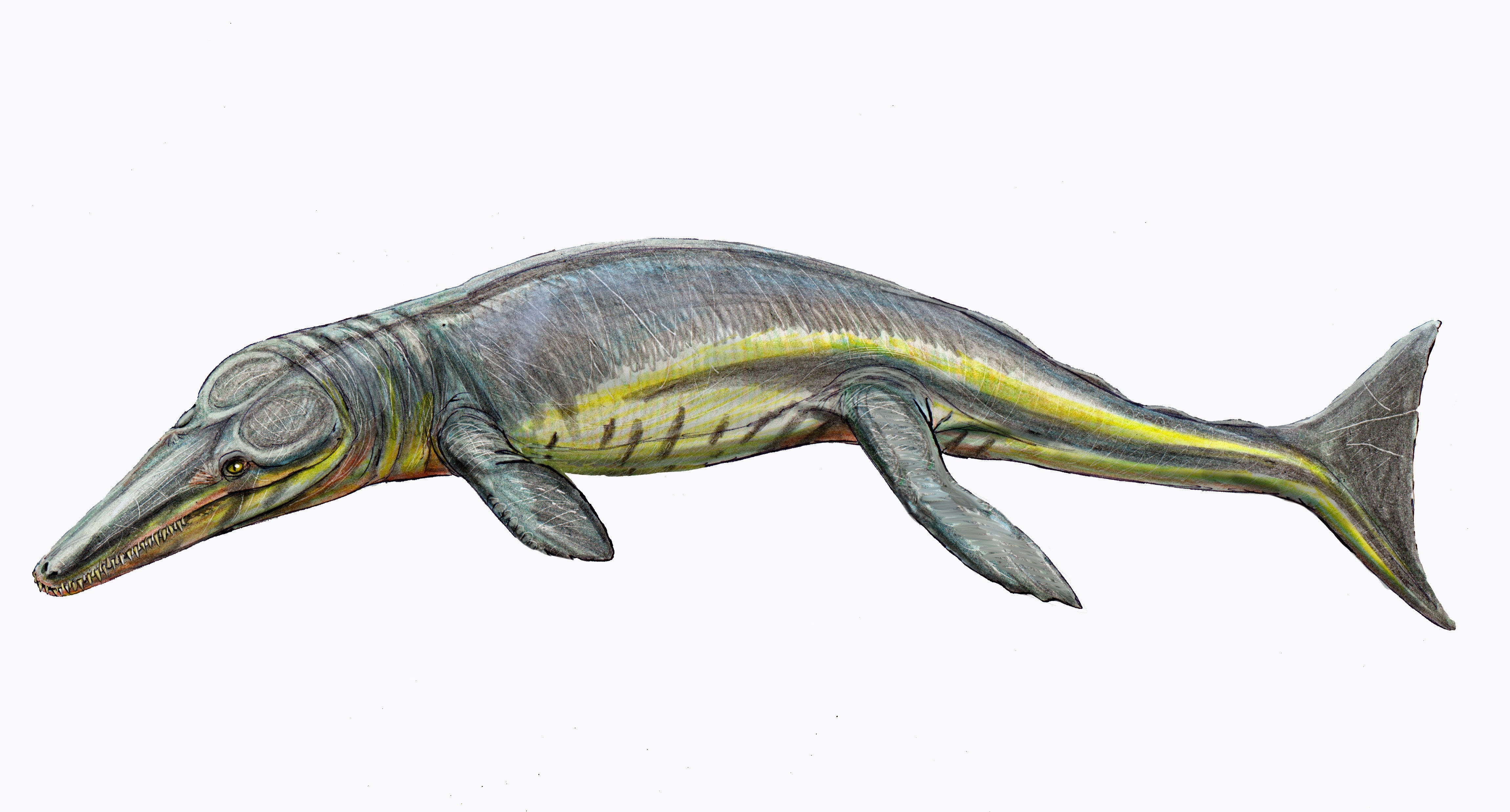Scientists reveal what stopped crocodiles from evolving to become deep divers
It’s all about sinuses

Experts have found the reason crocodiles can’t dive into the deep like others in the ocean.
A team of scientists have reported that the sinuses of the prehistoric ancestors of crocodiles prevented them from evolving into deep divers.
The researchers from the universities of Southampton and Edinburgh compared thalattosuchians, which lived at the time of the dinosaurs, with the predecessors of cetaceans such as whales and dolphins.
For the study, published in the journal Royal Society Open Science, the scientists explained that these cetaceans evolved from land-dwelling mammals.
During this 10 million-year process, their bone-enclosed sinuses reduced and they developed sinuses and air sacs outside of their skulls.
This would have alleviated increases in pressure during deeper dives, allowing dolphins to reach hundreds of metres under the sea and whales to reach thousands of metres without damaging their skulls.
However, the study explains that thalattosuchians, which lived during the Jurassic and Cretaceous periods, fell into two main groups.
These were teleosauridae, which were similar to modern day gharial crocodiles and likely living in coastal waters and estuaries, and the metriorhynchidae, which were more fully adapted to life at sea, with streamlined bodies, flipper-like limbs and tail fins.

The team used computed tomography (a special kind of scan) to measure the sinuses of 11 thalattosuchian skulls, as well as the skulls of 14 modern crocodile species and six other fossil species.
They found that brain-case sinuses reduced across thalattosuchian evolution as they became more aquatic, in a similar way to those of whales and dolphins, possibly for diving and feeding.
But the team also found that once thalattosuchians became fully aquatic, their snout sinuses expanded compared to their ancestors.
Dr Mark Young, lead author of the paper from the University of Southampton, said: “The regression of brain-case sinuses in thalattosuchians mirrors that of cetaceans, reducing during their semi-aquatic phases and then diminishing further as they became fully aquatic.
“Both groups also developed extra-cranial sinuses.
“But whereas the cetacean’s sinus system aids pressure regulation around the skull during deep dives, the expansive snout sinus systems of metriorhynchids precluded it from diving deeply.
“That’s because at greater depths, air within the sinuses would compress, causing discomfort, damage, or even collapse in the snout due to its inability to withstand or equalise the increasing pressure.”
He added that the complex snout sinuses may have developed in metriorhynchids to help drain their salt glands which whales and dolphins do not need because they have highly efficient kidneys that filter out salt from sea water.
Dr Young added: “Thalattosuchians became extinct in the Early Cretaceous period, so we’ll never know for sure if given more evolutionary time they could have converged further with modern cetaceans or whether the need to mechanically drain their salts glands was an impassable barrier to further aquatic specialisation.”
Join our commenting forum
Join thought-provoking conversations, follow other Independent readers and see their replies
Comments
Bookmark popover
Removed from bookmarks